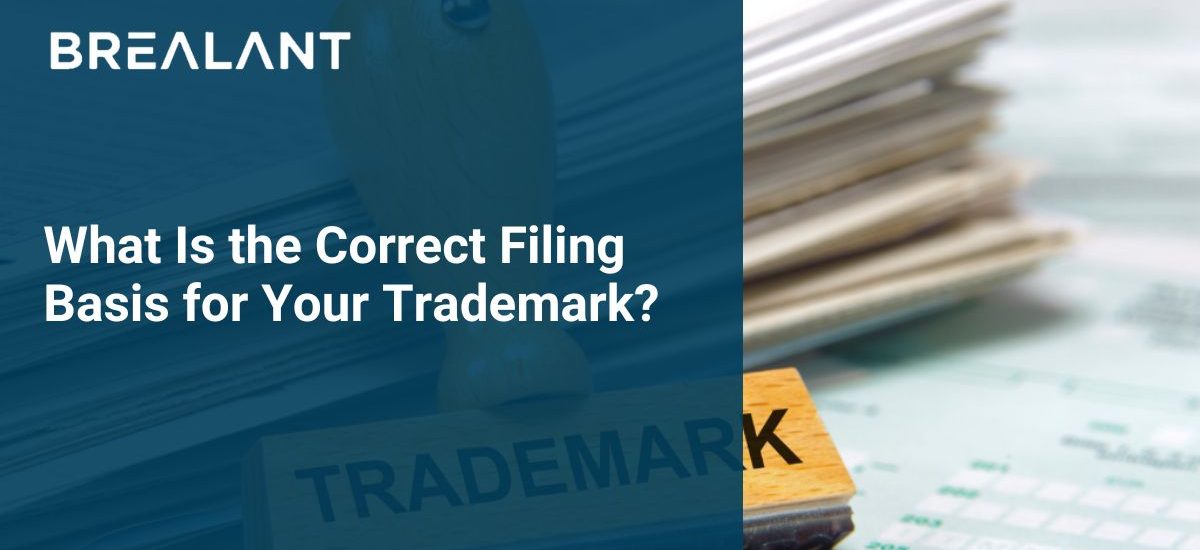Once you have decided to register a trademark for your business, there are two essential things to determine. One is to discover the trademark type, and the other is to choose the correct filing basis for your trademark.
Determining at least one filing base for your trademark is necessary to register it with the USPTO (United States Patent and Trademarks Office). The filing basis defines the purpose or reason you like to register it with the USPTO. While filing a basis for your trademark, it is crucial to meet all the requirements mentioned. Let us briefly discuss the filing basis types and how to choose the right one for you in this blog.
Types of Filing Basis
There are four common types of filing basis you can choose for your trademark registration. They are,
- Actual Use in Commerce 1(a)
- Intent-to-Use in Commerce 1(b)
- Foreign Application 44(d)
- Foreign Registration 44(e)
However, how to identify the correct filing basis for your trademark? Read on to learn more about choosing the right filing basis for your business.
1(a) Basis- Actual Use in Commerce:
If you own a brand or business and your trademark is currently in use, you can file this basis of Actual Use in Commerce. To obtain this filing basis, you must be currently trading or providing the products mentioned in the trademark to multiple states of the United States or any other country. The following are the requirements to file this Actual Use in Commerce basis for your trademark:
- The evidence of the date of first use of your trademark.
- The evidence of use of your trademark in commerce.
- The actual usage evidence of your goods and services by people.
1(b) Basis- Intent to Use:
If you want to obtain a trademark for the products or services you genuinely plan to trade shortly, you can opt for this filing base. This Intent to Use filing basis is helpful for those who want to protect their rights on their brand even before establishing it. You might want to depict an effective business plan or display sample goods and services under the trademark to obtain this basis.
Filing an inappropriate basis for your trademark will lead to the cancellation of your trademark application. For example, you are filing an actual use in commerce basis for a product or service that is not in use or attempting to file an intent to use filing basis with insufficient evidence or samples.
44(e) Basis- Foreign Registration:
If you have a registered trademark in your own country and you own the same classes of products and services trademarked in foreign countries, you should know the correct filing basis for your trademark. The following requirements are essential for filing this basis for your trademark.
- An original or certified copy of foreign Registration of your trademark. The foreign trademark should be the same as your country of origin.
- For trademarks obtained in other language countries, an English translation of the trademark registration or renewal proof is necessary.
- The list of products and services under your foreign trademark registration.
44(d) Basis- Foreign Application
This foreign priority basis lets you reserve an earlier filing date for your trademark in the US. To obtain this, you need,
- evidence of foreign trademark application filed recently (within the latest six months)
- serial number, filing date, and the filed foreign country;
- the list of products or services under trademark registration.
Conclusion
Choosing the correct filing basis for your trademark has a greater impact on your brand. Within three months of filing your application basis, your trademark will be reviewed for corrections and registered. Hope this article gives you an idea of how to choose an effective filing basis for your trademark application and expand your business.
Disclaimer-Brealant provides access to independent attorneys and self-service tools, is not a law firm, and does not provide legal advice.


